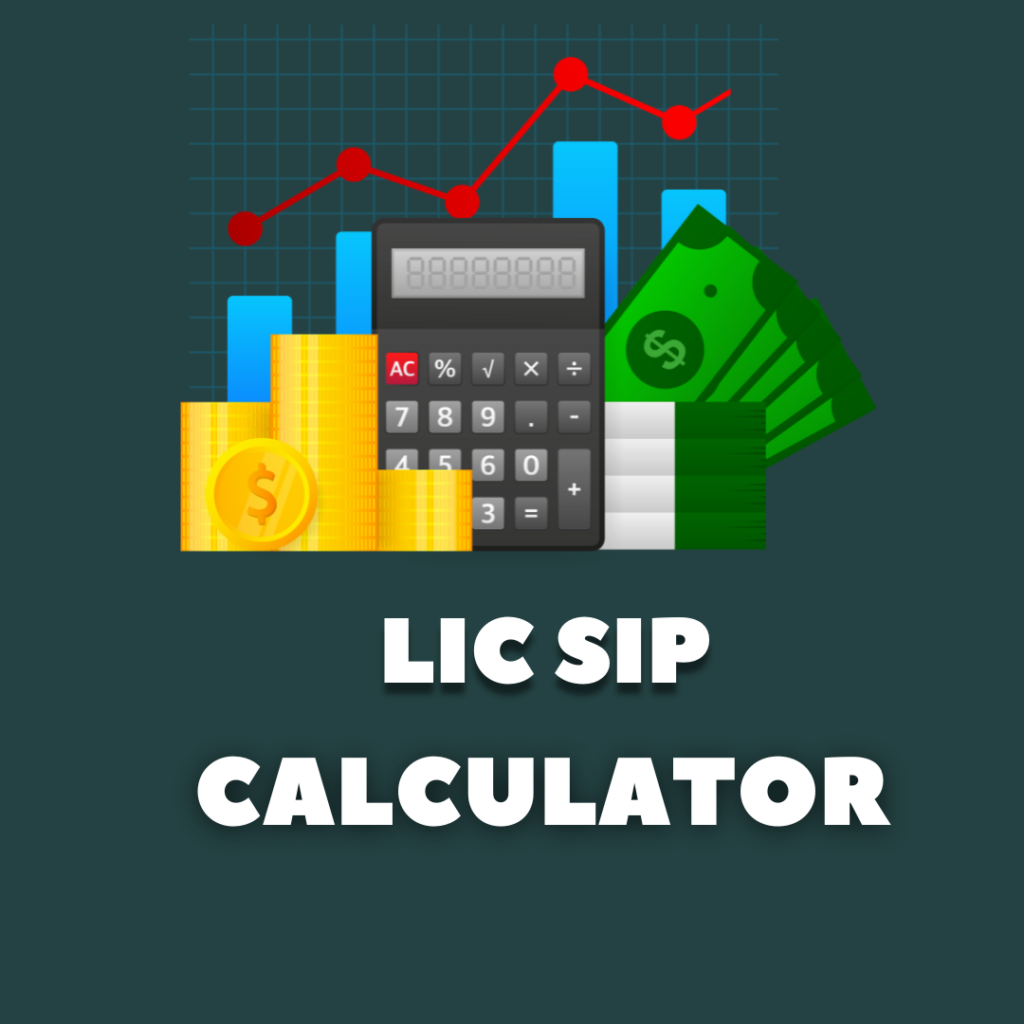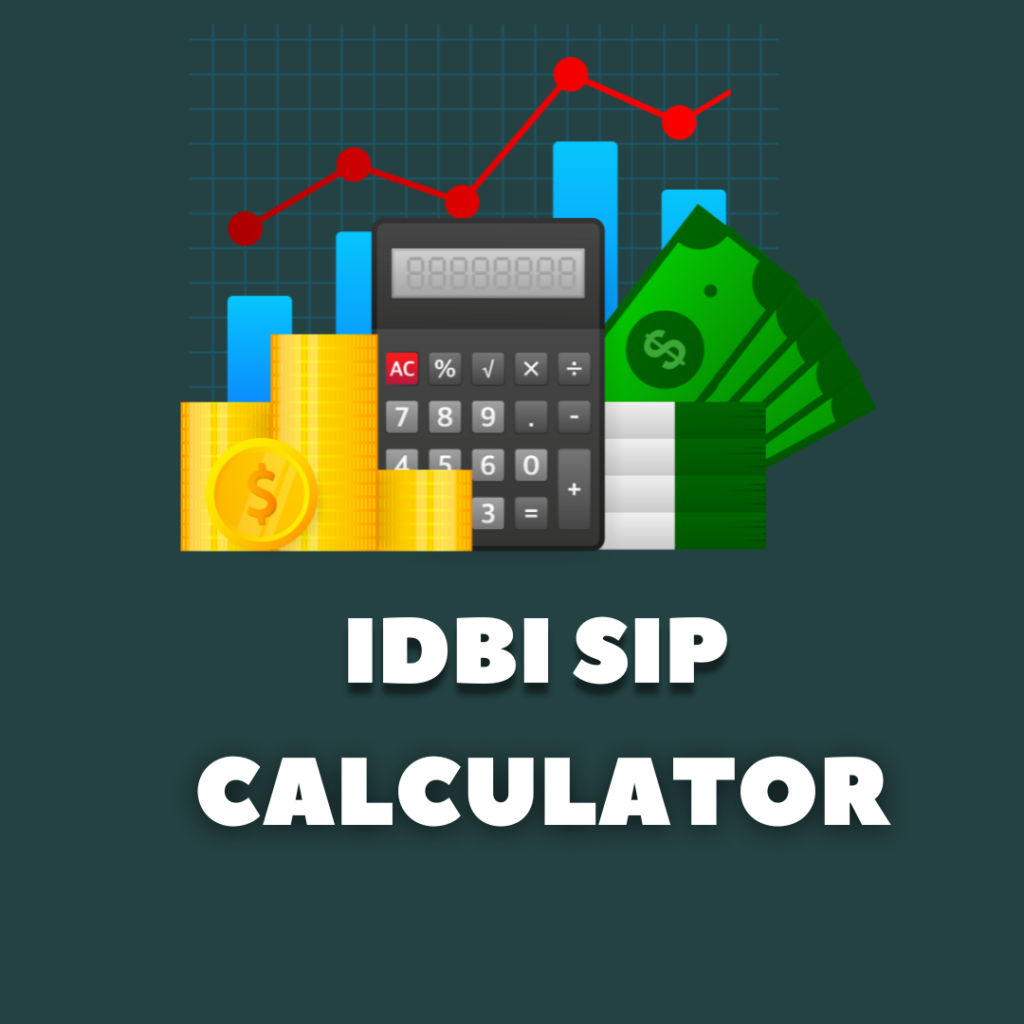Sip Calculator (Finity sip calculator)
Projected SIP Returns
| Total Investment: | |
| Expected Amount: | |
| Wealth Gain: |
Amount Invested vs Returns
Expected Maturity Amount
Yearly SIP Returns
| Duration (Years) | SIP Returns (₹) | Future Value (₹) |
|---|
Investment Period vs Expected Maturity Amount
Mutual Fund Calculator










Understanding SIP Calculator and Its Differences from Lumpsum Calculator
In the world of investments, planning and forecasting are crucial for achieving financial goals. Two popular tools used by investors are the SIP (Systematic Investment Plan) Calculator and the Lumpsum Calculator. Both tools serve distinct purposes and cater to different investment strategies. In this article, we’ll explore the functionality of a SIP Calculator, its benefits, and how it differs from a Lumpsum Calculator.
What is a SIP Calculator?
A SIP Calculator is a financial tool designed to help investors understand the potential returns on their SIP investments over a specific period. SIP is a method of investing a fixed amount of money at regular intervals, typically monthly, into mutual funds or other investment vehicles. The calculator aids in visualizing the growth of these investments, considering the compound interest effect.
Key Features of a SIP Calculator:
1. Monthly Investment Amount:** The fixed amount invested every month.
2. Investment Period:** The total duration for which the investment is made.
3. Expected Rate of Return:** The anticipated annual return rate on the investment.
4. Frequency of Investment:** Generally monthly, but can be customized as per the investor’s preference.
How SIP Calculator Works:
1. Input Values:The investor inputs the monthly investment amount, investment period, and expected rate of return.
2. **Calculation:** The calculator uses the compound interest formula to compute the future value of the investments.
3. **Output:** It provides the total amount invested, estimated returns, and the maturity amount at the end of the investment period.
Benefits of Using a SIP Calculator:
– **Goal Setting:** Helps investors set realistic financial goals based on expected returns.
– **Investment Planning:** Assists in planning investments systematically and consistently.
– **Visual Representation:** Offers a clear visual representation of the investment growth over time.
– **Comparison:** Allows investors to compare different scenarios by adjusting the input parameters.
What is a Lumpsum Calculator?
A Lumpsum Calculator, on the other hand, is used to estimate the future value of a one-time investment made at the beginning of the investment period. Unlike SIP, where investments are made periodically, a lumpsum investment is a single, large investment.
Key Features of a Lumpsum Calculator:
1. **Lumpsum Amount:** The one-time investment amount.
2. **Investment Period:** The duration for which the investment is held.
3. **Expected Rate of Return:** The annual return rate expected from the investment.
How Lumpsum Calculator Works:
1. **Input Values:** The investor inputs the lumpsum amount, investment period, and expected rate of return.
2. **Calculation:** The calculator uses the compound interest formula to determine the future value of the investment.
3. **Output:** It provides the estimated returns and the maturity amount at the end of the investment period.
Benefits of Using a Lumpsum Calculator:
– Quick Calculation: Provides a fast and straightforward estimation of future returns.
– Investment Decision: Helps in making informed decisions for one-time investments.
– Comparison: Allows comparison of potential returns with other investment options.
Differences Between SIP Calculator and Lumpsum Calculator:
1. Investment Frequency:
– SIP Calculator: Designed for periodic investments (monthly, quarterly, etc.).
– Lumpsum Calculator:*Designed for a single, one-time investment.
2. Investment Strategy:
– **SIP Calculator:** Ideal for investors who prefer regular, disciplined investing.
– **Lumpsum Calculator:** Suitable for investors who have a large sum of money to invest at once.
3. Risk Management:
– SIP Calculator: Helps in averaging out the investment cost and mitigating market volatility over time.
– Lumpsum Calculator: Higher risk as the entire amount is exposed to market fluctuations at once.
4.*Flexibility:
– SIP Calculator: Offers flexibility in adjusting the investment amount and period.
– Lumpsum Calculator: Less flexible as the investment is made in one go.
5. Purpose:
– SIP Calculator: Best for long-term financial planning and consistent wealth accumulation.
– Lumpsum Calculator: Useful for estimating returns on windfall gains or large savings.
In conclusion, both SIP and Lumpsum Calculators are valuable tools for investors, helping them to forecast potential returns and make informed decisions based on their investment strategy. Whether you prefer the disciplined approach of SIP or the straightforward nature of lumpsum investments, understanding these calculators will empower you to achieve your financial goals effectively.
Top 5 Trading Books List - Buy Now From Amazon
- The Indian Stock Market Simplified: A Beginner’s Guide to Investing and Trading
- 51 Trading Strategies
- Price Action Trading : Technical Analysis Simplified! by Sunil Gurjar
- Trading Chart Pattern Book | Includes Breakout Pattern Candlestick Pattern And Indicators
- Trading Candlestick Patterns Book : Maximize Your Profits using Candlestick Charts in Stock Market
FAQ for SIP Mutual Funds
A: SIP stands for Systematic Investment Plan, which is a method of investing a fixed sum regularly in mutual funds. It allows investors to buy units of a mutual fund scheme at regular intervals.
A: Investors decide on a fixed amount to be invested regularly (monthly, quarterly, etc.) in a chosen mutual fund. This amount is automatically debited from their bank account and invested in the selected fund.
A: Key benefits include:
- Rupee Cost Averaging: Mitigates the impact of market volatility by averaging the purchase cost over time.
- Disciplined Savings: Encourages regular saving and investment habits.
- Compounding Benefits: Regular investments benefit from the power of compounding over the long term.
A: Yes, SIPs can be started with small amounts, often as low as INR 500 per month, making them accessible to a wide range of investors.
A: There is no fixed minimum tenure for a SIP. However, a longer investment horizon is generally recommended to maximize returns and benefit from compounding.
A: Yes, you can stop your SIP at any time without any penalties. However, it’s advisable to consider long-term goals before discontinuing.
A: Most mutual funds do not charge any fees for starting a SIP. However, investors should check for any applicable charges like exit loads or fund management fees.
A: Consider factors such as your financial goals, risk tolerance, fund performance, expense ratio, and the fund manager’s track record. Consulting a financial advisor can also help in making an informed decision.
A: Yes, many mutual funds allow you to modify your SIP amount. You may need to submit a request or use an online portal to make changes.
A: SIP investments in Equity Linked Savings Schemes (ELSS) are eligible for tax deductions under Section 80C of the Income Tax Act, up to a maximum of INR 1.5 lakh per financial year. Other SIP investments may have different tax implications.
Disclaimer: The SIP Return Calculator provided on this website is intended for informational and educational purposes only. The results generated by this tool are based on user input and assumptions, and they do not constitute financial advice. The actual returns on your investments may vary and are subject to market risks and fluctuations. Past performance is not indicative of future results.
We recommend consulting with a qualified financial advisor before making any investment decisions. The website owner and developers are not responsible for any losses or damages incurred as a result of using this calculator. Use of this tool is at your own risk.
By using this calculator, you acknowledge and agree to this disclaimer.
